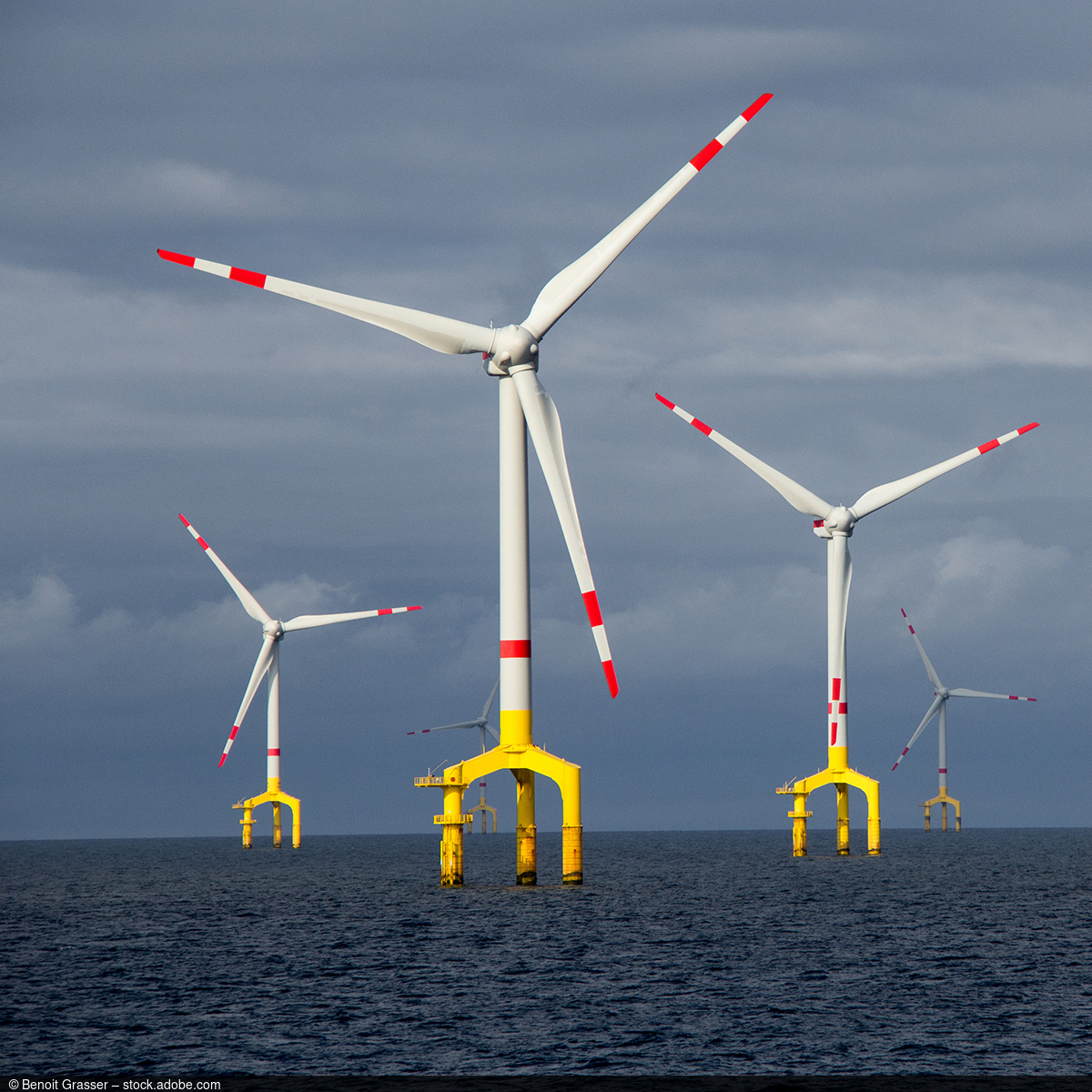“Use, Don’t Curtail” Cannot Replace Regional Pricing
OpinionBy Marion Ott and Achim Wambach, ZEW
The government is considering selling wind and solar energy to local consumers at reduced prices at times when power plants have to be turned off due to grid congestion. It would be better for Germany to bank on regional energy prices, as this would circumvent the inefficiency of the “Use, Don’t Curtail” system. Such is the point of view of ZEW’s Marion Ott and Achim Wambach.
With the expansion of renewable energy, the spatial and temporal patterns of electricity generation are changing. While this necessitates the expansion of the electrical power grid, the optimised use of the current network is also essential. Germany has not accomplished this yet, which is why grid congestion happens so frequently, with problematic consequences.
The uniformity of the electricity market price across Germany sometimes leads to electricity from wind turbines in Northern Germany being sold to the South, even though the power grid is not able to bring the electricity to its destination. When this happens, transmission system operators (TSOs) need to intervene, usually requiring them to power up generators in the South and curtail (that is, shut down) renewable energy plants in the North.
Not only is this expensive, but it is also inefficient. Consumers in the South supposedly purchase cheap electricity from the North, which is then provided by power plants in the South that are more expensive and, usually, have higher CO2 emissions. All energy consumers are then on the hook for the resulting costs. In 2022, the cost of this congestion management totalled over four billion euros. It can be assumed that this figure will only rise.
The new measure does not tackle the root of the problem
In legislative proceedings, the Bundestag planned to implement the “Use, Don’t Curtail” measure in the electricity market. The goal is to make use of the excess green energy that results from grid congestion. Instead of having the TSOs curtail the Northern wind turbines, they will instead auction off the excess electricity to regional users. Because the electricity then gets consumed within the region, the power grid is not put under additional strain. And since this electricity will be allocated to consumers who otherwise would have bought little to no electricity, the price these consumers are willing to pay will be less than the market price. As a result, the energy price is regionalised.
This solution contains a number of problems, however, and it does not address the root of the underlying issue of grid congestion.
With such a regulation, regional users would at least partially speculate on receiving cheap electricity and would therefore either participate less in the common electricity market or not at all. Paradoxically, this would actually make grid congestion more likely, since these customers would leave the conventional market as buyers, leading to more cheaply generated electricity from renewable energy being sold to the South. If these customers also had (regional) market power, they could even deliberately bring about grid congestion. The draft legislation states that this can be avoided by allowing only a restricted group of buyers to receive this electricity, specifically those who would not have purchased it if not for the new policy. New and flexible buyers in thermal and hydrogen production in the surplus region are among those who will be considered. To qualify, they will need to complete an extensive application process. Identifying this “additionality” of demand presents a challenge for the policy which could limit its effectiveness.
There is also the fact that, even when the excess electricity is regionally auctioned off in the North, more expensive power plants and those more damaging to the climate would still need to supply electricity in the South, south of the grid congestion.
Regionalising prices everywhere is the logical solution
To tackle this problem, it would be better to regionalise the energy market price everywhere. In the South, the energy would get more expensive to some extent, which would lead to incentives either for wind turbine operators to build plants there or for energy-intensive companies to settle in the North. The concept of regional pricing, also known as nodal pricing, has already been successfully implemented in many countries.
The “Use, Don’t Curtail” policy could potentially help to make sensible use of excess green energy and to provide support to certain actors in the market. However, highly sophisticated and detailed regulation must be implemented to counteract the problems of possible warped incentives and misuse.
Above all, however, the “Use, Don’t Curtail” policy cannot replace a system with regional price differentiation not only at the place of curtailment but Germany-wide. Such a system would instead call attention to actual scarcity and directly influence the behaviour of energy consumers and producers. The “Use, Don’t Curtail” plans have caused the debate about regional energy pricing to gain traction. Now, it must be continued in a logical fashion.


